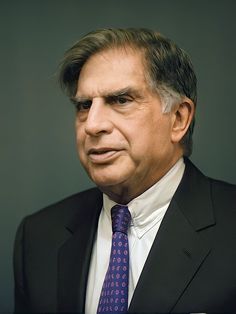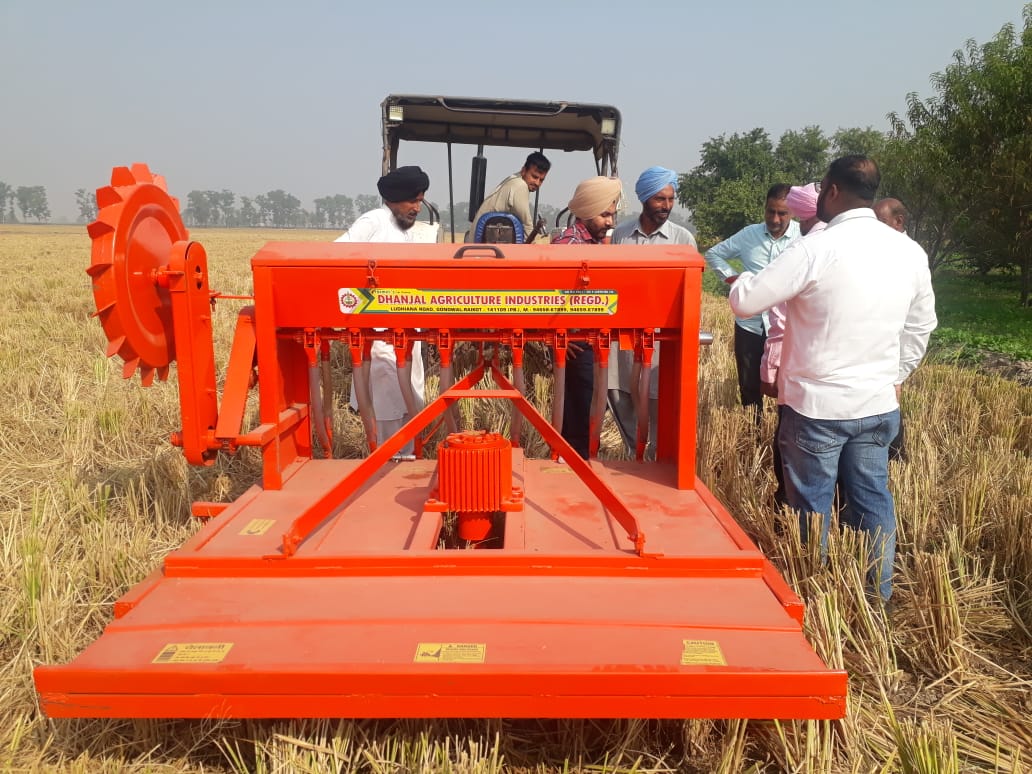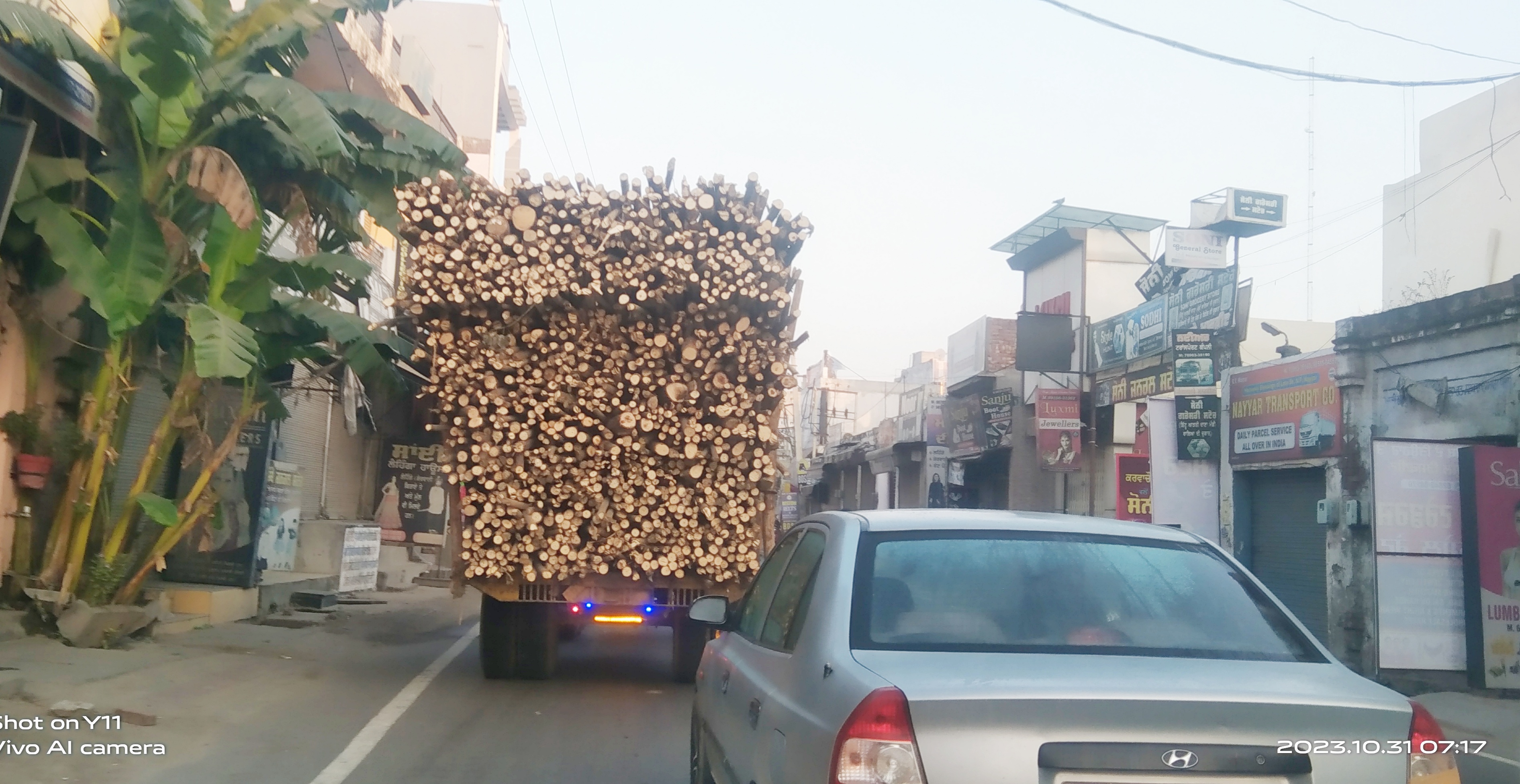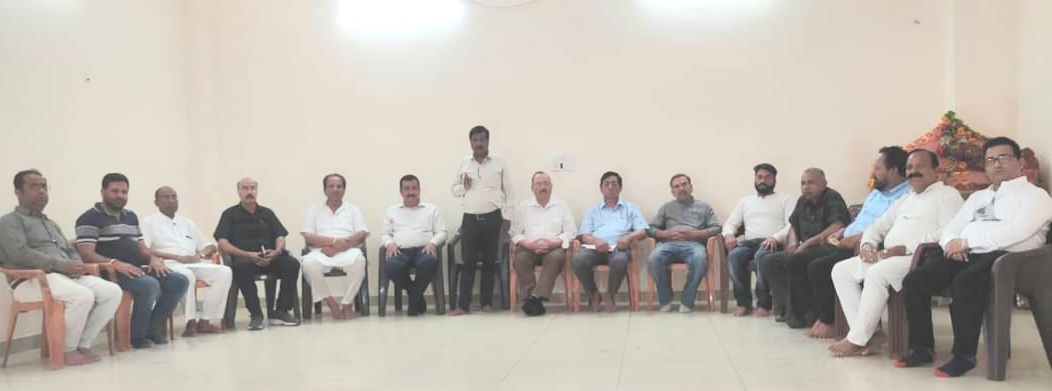
Editorial Note: Clean and pure air is necessary for living a healthy life
In this verse of Japji Sahib, a hymn composed by Shri Guru Nanak Dev Ji, Guru Sahib has given the status of Guru to Air, Father to Water and Great Mother to Earth. A person can spend a few days without eating anything and can also live for some time without drinking water, but life without air cannot be imagined.
Pavan Guru Pani Pita
Mata Dharati Mahatu ||
Divasu Raat Dui Dai Daya
Khelay Sagal Jagat ||
In this verse of Japji Sahib, a hymn composed by Shri Guru Nanak Dev Ji, Guru Sahib has given the status of Guru to Air, Father to Water and Great Mother to Earth. A person can spend a few days without eating anything and can also live for some time without drinking water, but life without air cannot be imagined. Just as a person needs a complete Guru for true guidance in life, similarly, clean and pure air is needed to live a healthy life. Nowadays, major news related to air pollution is being read and heard in every media. Air pollution has become a major threat to the environment. This toxicity of air is fatal to the lungs and eyes. Every year lakhs of people are dying due to diseases caused by air pollution. It is proving to be a death knell for heart patients. Air pollution is becoming the main cause of stroke, heart disease, lung cancer and respiratory diseases. According to medical research, air pollution and autoimmune diseases are related to each other. Arthritis and skin diseases become more serious due to exposure to pollution. If we have to define pollution in simple words, then we can say that the release of dangerous chemicals and particles in the air in the atmosphere is the reason for it. The mixing of harmful substances like chemicals, toxic gases, particles, organic molecules etc. in the air of the earth makes the air harmful to humans and animals. This mixture poses great health risks. Means of transport emit many types of pollutants. These include carbon monoxide, nitrogen oxides, harmful fumes and particles. The process of construction and demolition of buildings also contributes to air pollution.
Paddy is cultivated on a large scale in Punjab, Haryana and western Uttar Pradesh. There is very little gap between its harvesting and subsequent sowing of wheat. Nowadays, most of the paddy is harvested by combines. Thus, the easiest way to dispose of paddy residue i.e. stubble in the fields is considered to be burning it. This method is proving to be extremely harmful to the environment. This reduces the fertility of the land and destroys beneficial insects for farmers' agriculture. Road accidents occur due to smoke. The toxic gases produced by this cause many types of diseases.
On 10 December 2015, the National Green Tribunal had banned the burning of crop residue in Rajasthan, Uttar Pradesh, Haryana and Punjab. Burning of stubble and other waste material from fields is an offence under Section 188 of the IPC and the Air and Pollution Control Act, 1981. Similarly, recently the Punjab government has also made some strict laws, which include fines and "red entry" in land records. But it is worth mentioning here that although the governments are running various schemes for the management of stubble, politics still dominates the management. Delhi, Haryana and Punjab are holding each other responsible for this pollution. Whatever the reason, but today the situation in these states of North India is quite worrying. In many areas of Delhi, the AQI has reached above one thousand. Taking note of the seriousness of the situation, the Honorable Supreme Court has compared Delhi to a "gas chamber" and has issued orders to take some special measures. Even a clean and green city like Chandigarh could not escape the brunt of this pollution. Here too, the AQI has reached dangerous levels. Unseasonal smog prevails in this region throughout the day.
Stubble burning is not the only reason for this pollution. Every year before Diwali, the governments organize Green Diwali and issues an advisory to ban firecrackers. But despite this, firecrackers are sold openly and worth crores of rupees are burnt. Diwali is a festival related to the return of Lord Shri Ram Chandra Ji to Ayodhya from exile. He spent 14 years in the forests. He loved nature very much. But we, his followers, are harming the environment by spreading all kinds of pollution through firecrackers. Similarly, firecrackers are burst every year on the birth anniversary of Sri Guru Nanak Dev Ji, especially in Punjab. If we contemplate the great work of Guru Ji "Aarti", then we will understand very well that he had refuted the aarti being performed by humans. Aarti is continuously happening in the nature of Qadr. Thus, bursting firecrackers on the occasion of Guru Purab is not an expression of devotion or happiness, but a harm to nature.
To reduce air pollution, there is a need to use clean fuels like natural gas, improve vehicle emission standards, harness natural energy sources like solar and wind energy, increase public transportation, and plant more trees.














